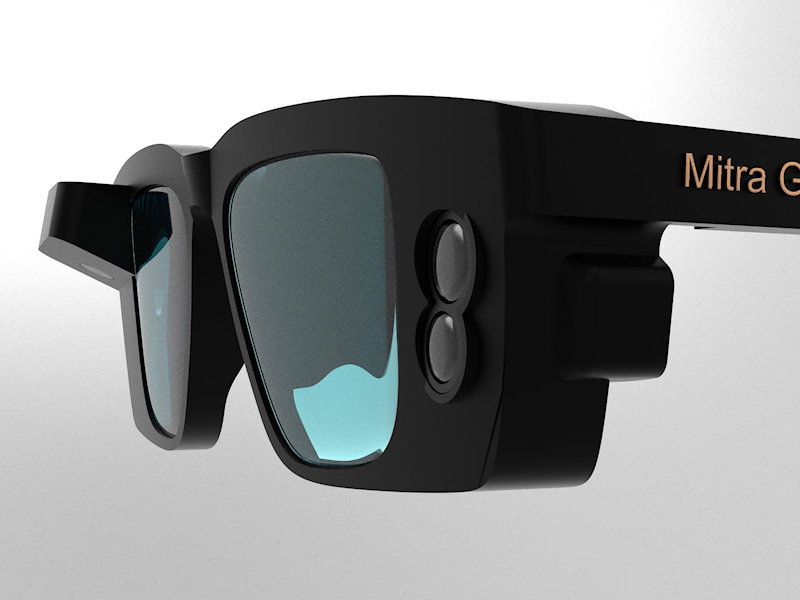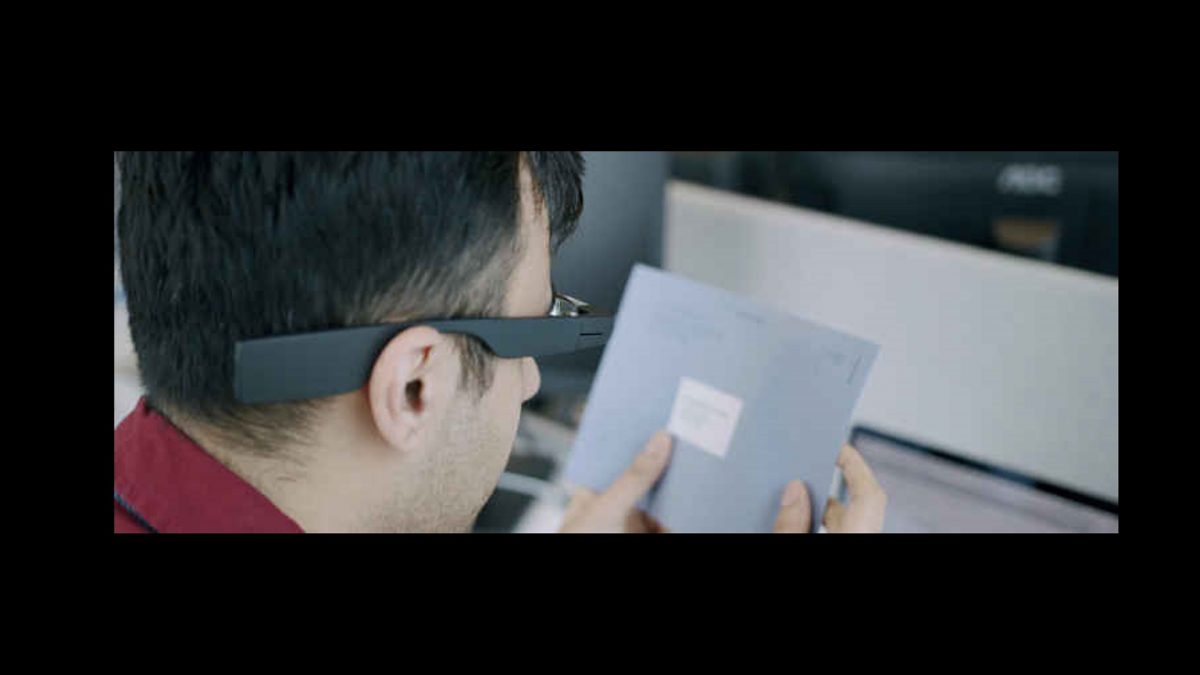How Smart Glasses for the Visually Impaired Are Revolutionizing Daily Life
Innovative Solutions in Assistive Innovation for Visual Impairment
The landscape of assistive innovation for visual impairment is progressing quickly, presenting a variety of ingenious remedies that enhance ease of access and independence. From innovative smartphone applications that promote navigating to wearable devices designed for real-time support, these devices are reshaping the experiences of those with aesthetic disabilities. Additionally, the integration of smart home innovations and academic resources has the potential to promote better area involvement. Nevertheless, the effects of these advancements raise important concerns regarding their availability and performance in varied contexts, requiring a better assessment of their more comprehensive impact.
Developments in Mobile Phone Applications
Recently, advancements in smartphone applications have dramatically transformed the landscape of assistive modern technology for people with aesthetic impairments. These applications utilize the powerful sensing units and capacities of contemporary smartphones to provide individuals with devices that improve independence and accessibility in their daily lives.
Remarkable among these advancements are applications made for things acknowledgment, which use the smartphone's cam to determine items and offer spoken descriptions. Such attributes empower individuals to browse their environments more effectively, whether recognizing items in shops or locating personal valuables in the house. Furthermore, text-to-speech applications have actually boosted significantly, enabling customers to catch printed message through their gadget's cam and get immediate sound feedback, thus assisting in reading and comprehension.
Community-driven applications have promoted social interaction and source sharing among individuals with aesthetic problems, developing a supportive network that boosts their quality of life. On the whole, mobile phone applications have actually ended up being essential allies in advertising freedom and accessibility for people with aesthetic disabilities.
Wearable Devices for Navigation
Wearable tools for navigating have actually arised as a groundbreaking remedy for individuals with visual disabilities, using hands-free support that improves mobility and orientation. These gadgets normally use sophisticated modern technologies, including GPS, ultrasonic sensors, and expert system, to offer real-time comments and direction to users as they browse their setting.
One notable example of wearable navigation innovation is wise glasses, which can discover obstacles and relay auditory or haptic comments to the user, allowing for risk-free and effective movement in different setups. Other tools, such as vests and belts equipped with sensing units, can likewise educate customers of their environments by supplying informs about close-by items or adjustments in surface.
In addition, numerous wearable gadgets incorporate with smartphone applications, allowing users to tailor their navigation preferences and obtain customized course pointers. This customization can dramatically enhance the individual experience, encouraging people to travel with higher self-confidence and self-reliance.
As innovation remains to create, the potential for wearable navigation tools to improve the top quality of life for people with aesthetic disabilities stays significant, paving the means for even more comprehensive and easily accessible environments.
Smart Home Technology Assimilation

Furthermore, wise appliances furnished with tactile user interfaces or auditory responses provide instinctive communications that provide specifically to the demands of those with aesthetic impairments. Smart refrigerators cataract doctor can announce their components and expiration days, while wise stoves can guide customers via the food preparation procedure with audio instructions.
Home automation systems, such as clever doorbells and safety cams, provide comfort by enabling individuals to receive signals and gain access to live feeds via their mobile phones, improving personal safety (AI-powered visual aids). Furthermore, assimilation with tablets and mobile phones ensures that customers can manage their home environment from anywhere within their premises
As smart home innovation remains to advance, it holds the prospective to change the living experiences of individuals with visual disabilities, cultivating freedom and boosting lifestyle in an increasingly connected globe.

Educational Equipment and Resources
Accessibility to reliable academic tools and sources is crucial for people with aesthetic problems, as it encourages them to involve fully in their learning experiences. browse this site Different assistive technologies have actually been established to enhance accessibility and foster independent understanding. Screen visitors, as an example, transform message into speech, enabling students to accessibility electronic content flawlessly. AI-powered visual aids. Furthermore, refreshable braille display screens offer tactile responses, making it easier for learners to communicate with composed material.
Furthermore, educational software application particularly designed for aesthetically damaged customers uses features such as high-contrast modes and customizable message dimensions. These tools suit varied understanding styles and guarantee that students can tailor their instructional experience to their requirements.
Furthermore, accessibility to electronic libraries and audio publications broadens the series of offered understanding materials, making it possible for pupils to discover subjects detailed without the constraints enforced by standard print resources. Joint platforms that include availability functions also promote team jobs, making sure that visually impaired trainees can contribute meaningfully together with their peers.
Community Support and Interaction
A durable network of community assistance and engagement is essential for individuals with visual problems, cultivating a comprehensive environment where they can grow. Neighborhood organizations, neighborhood advocacy groups, and volunteers play a critical role in giving resources, info, and companionship, which are important for improving the lifestyle for those impacted by aesthetic disabilities.
Interaction activities such as workshops, social events, and support teams not only facilitate ability development however additionally promote social interaction, lowering feelings of seclusion. These initiatives motivate individuals to share obstacles, experiences, and successes, thus strengthening community bonds. Furthermore, collaborations with local companies can lead to better ease of access in public areas, even more integrating people with aesthetic problems into the neighborhood.
Technology additionally enhances area involvement through on the internet systems that use online assistance groups and resources, enabling people to connect no matter geographical obstacles. By utilizing both in-person and digital options, neighborhoods can develop an extensive assistance network. Inevitably, fostering collaboration amongst numerous stakeholders-- including families, instructors, and health care specialists-- makes sure that individuals with visual impairments receive the all natural support required to navigate every day life efficiently and with dignity.
Final Thought
Ingenious options in assistive innovation for visual impairment substantially improve the quality of life for individuals dealing with these difficulties. The combination of mobile phone applications, wearable gadgets, smart home innovation, and educational devices cultivates greater self-reliance and availability. Area support and interaction additional equip visually damaged individuals, promoting inclusivity and engagement in different elements of life. Jointly, these innovations not just change visit this web-site daily experiences but likewise pave the means for a much more fair culture.
The landscape of assistive innovation for aesthetic problems is developing swiftly, presenting a range of ingenious solutions that enhance availability and freedom. Community-driven applications have actually promoted social communication and source sharing among people with visual problems, creating a helpful network that boosts their high quality of life. Generally, mobile phone applications have actually come to be indispensable allies in promoting autonomy and ease of access for people with aesthetic disabilities.
Numerous individuals with aesthetic disabilities are locating higher autonomy with the combination of smart home innovation.Innovative remedies in assistive technology for visual impairment dramatically boost the quality of life for people dealing with these challenges.